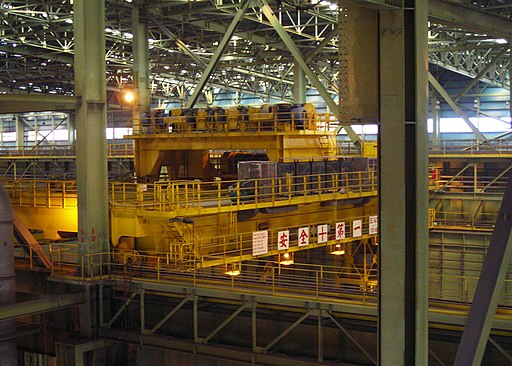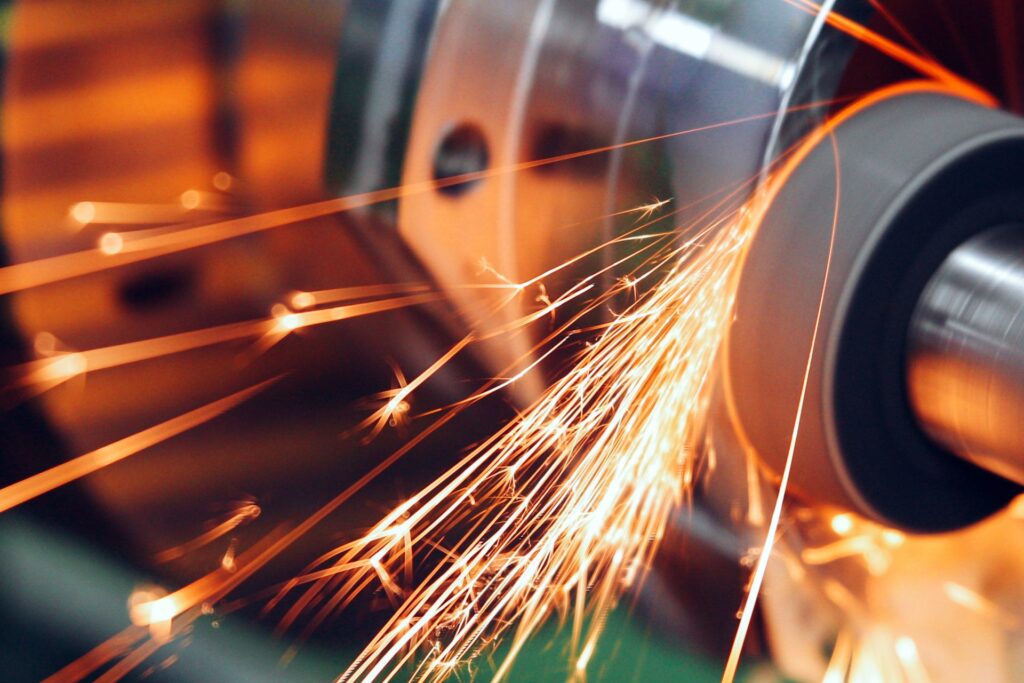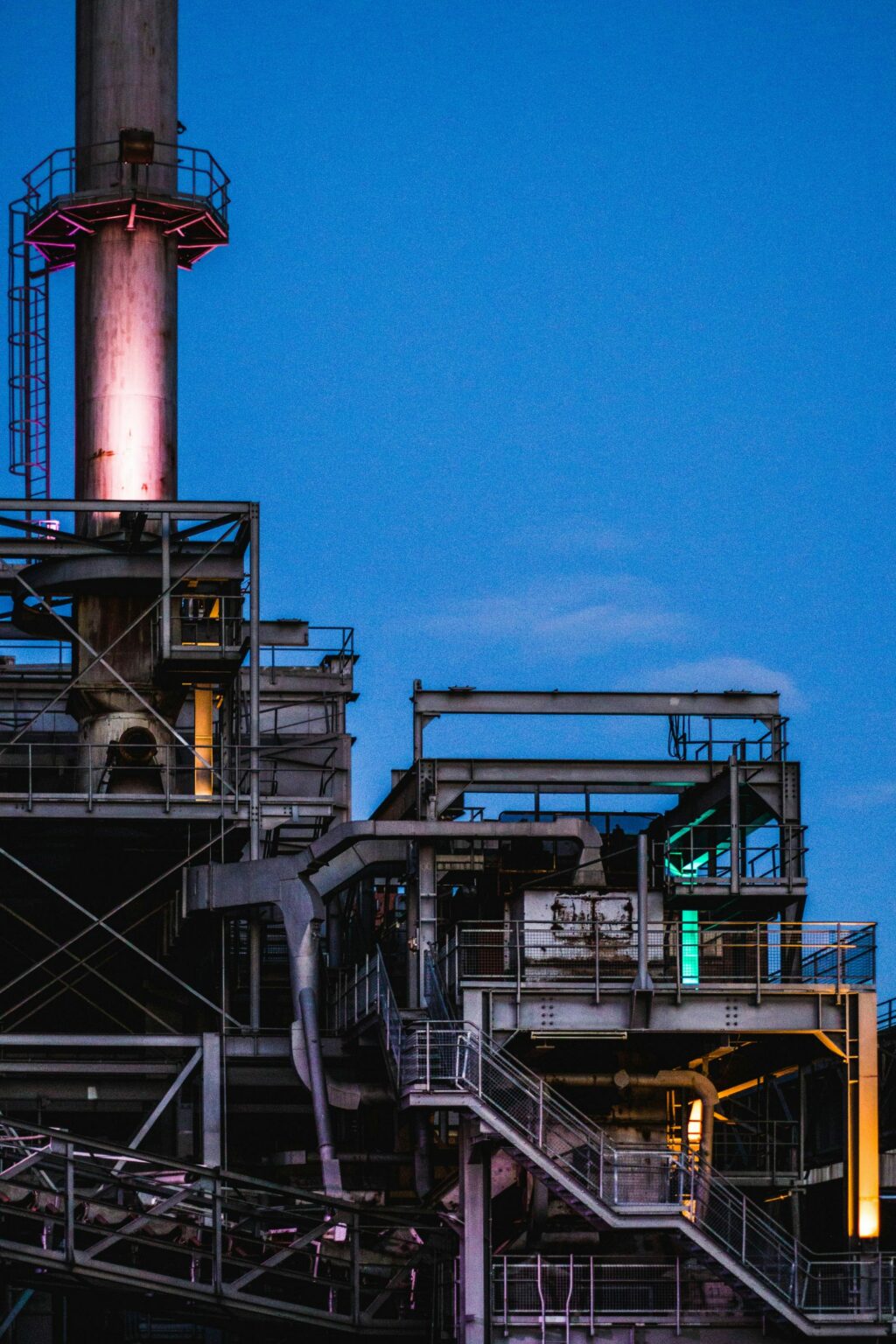An overlooked source of climate pollution
Electricity and transportation dominate policy conversations, but we can’t hit our climate goals without cleaning up the factories that make stuff like steel, cement, and chemicals.
Cleaning up industry boosts global competitiveness
Economies around the world increasingly prioritize clean products, and companies that don’t clean up their manufacturing can get left behind in the global marketplace.
We have many of the technologies we need
Increasingly cost-competitive technologies like heat pumps, thermal batteries, and energy or material efficiency can replace fossil fuels in many industrial processes.
We need policy to accelerate action
Although many clean solutions are already available, they’re still not widely adopted in industrial processes. Policy support can help deploy them.
Featured
Stay Connected
Sign up for research, policy updates, and analysis.
Book
Zero Carbon Industry: Transformative Technologies and Policies to Achieve Sustainable Prosperity
The definitive guide to breakthrough technologies transforming manufacturing and policies to accelerate clean industry.









